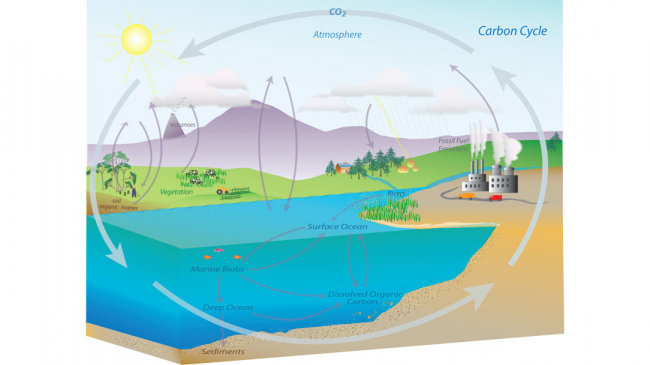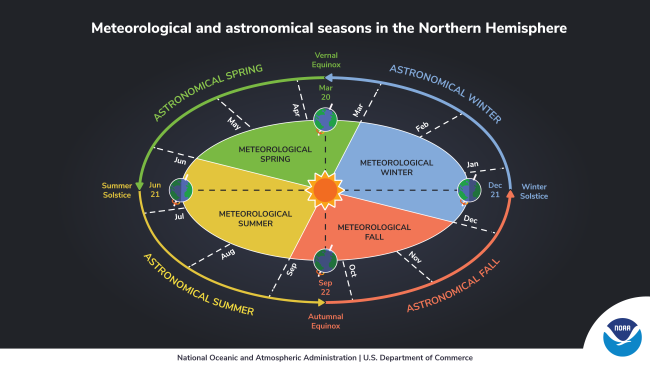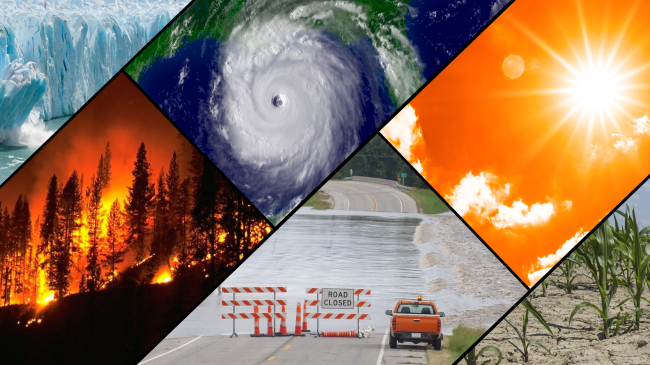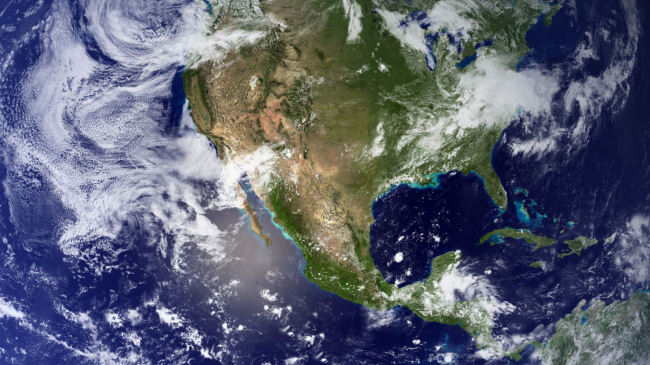Climate is determined by the long-term pattern of oceanic and atmospheric conditions at a location. Climate is described by statistics, such as means and extremes of temperature, precipitation, and other variables, and by the intensity, frequency, and duration of weather events. Over Earth's history, indications of climate change have been recorded in fossils and ice core samples. At one extreme, climate change can result in extended periods of heat and drought; at the other, extensive glaciation. Currently, our planet's global surface temperature is rising. This change is linked to human activities that increase the amount of greenhouse gases (e.g., carbon dioxide and methane) in the atmosphere. It is important to understand climatic processes because they have the potential to affect environmental conditions.
Carbon is the chemical backbone of life on Earth. Carbon compounds regulate the Earth’s temperature, make up the food that sustains us, and provide energy that fuels our global economy.






